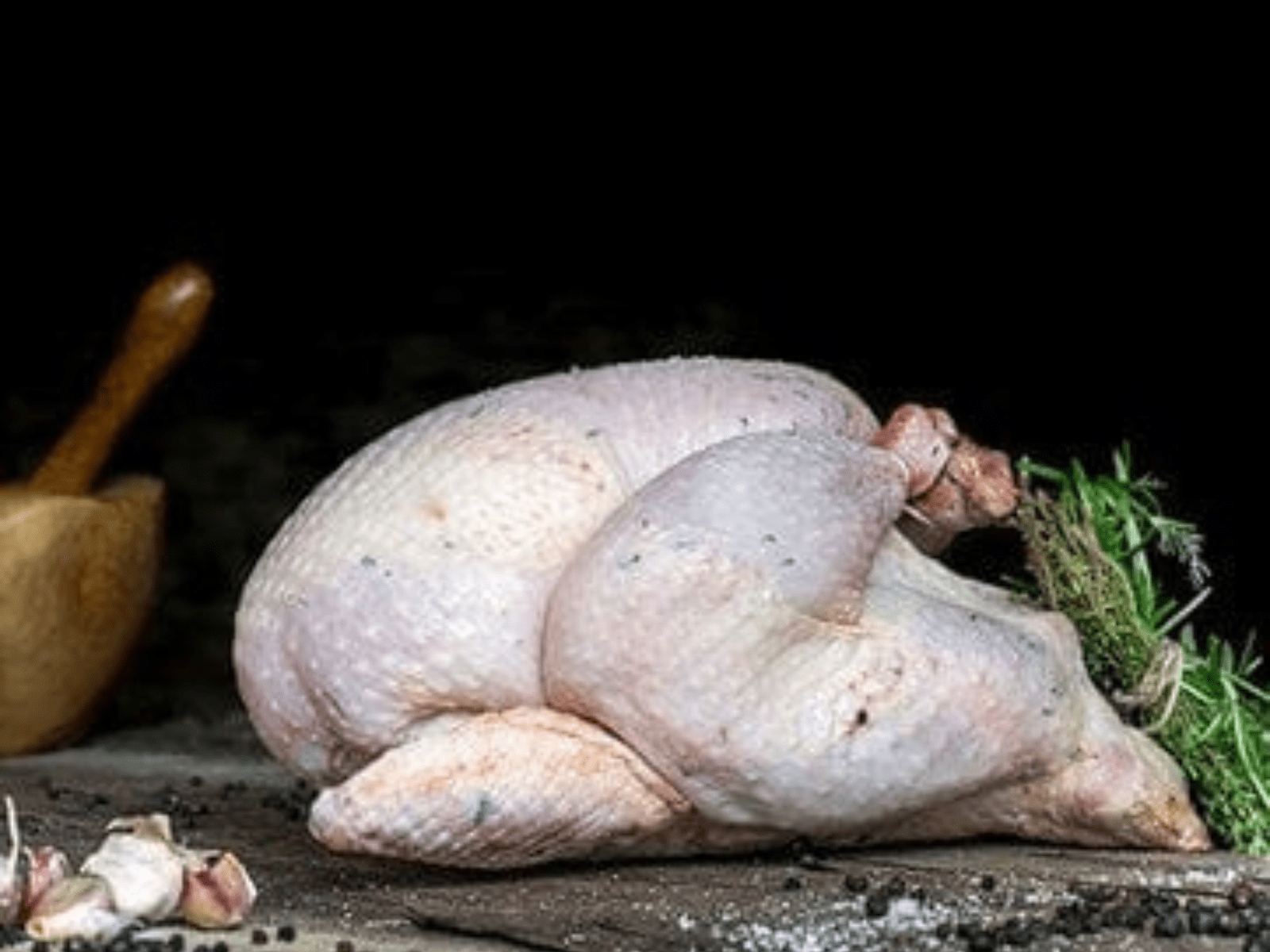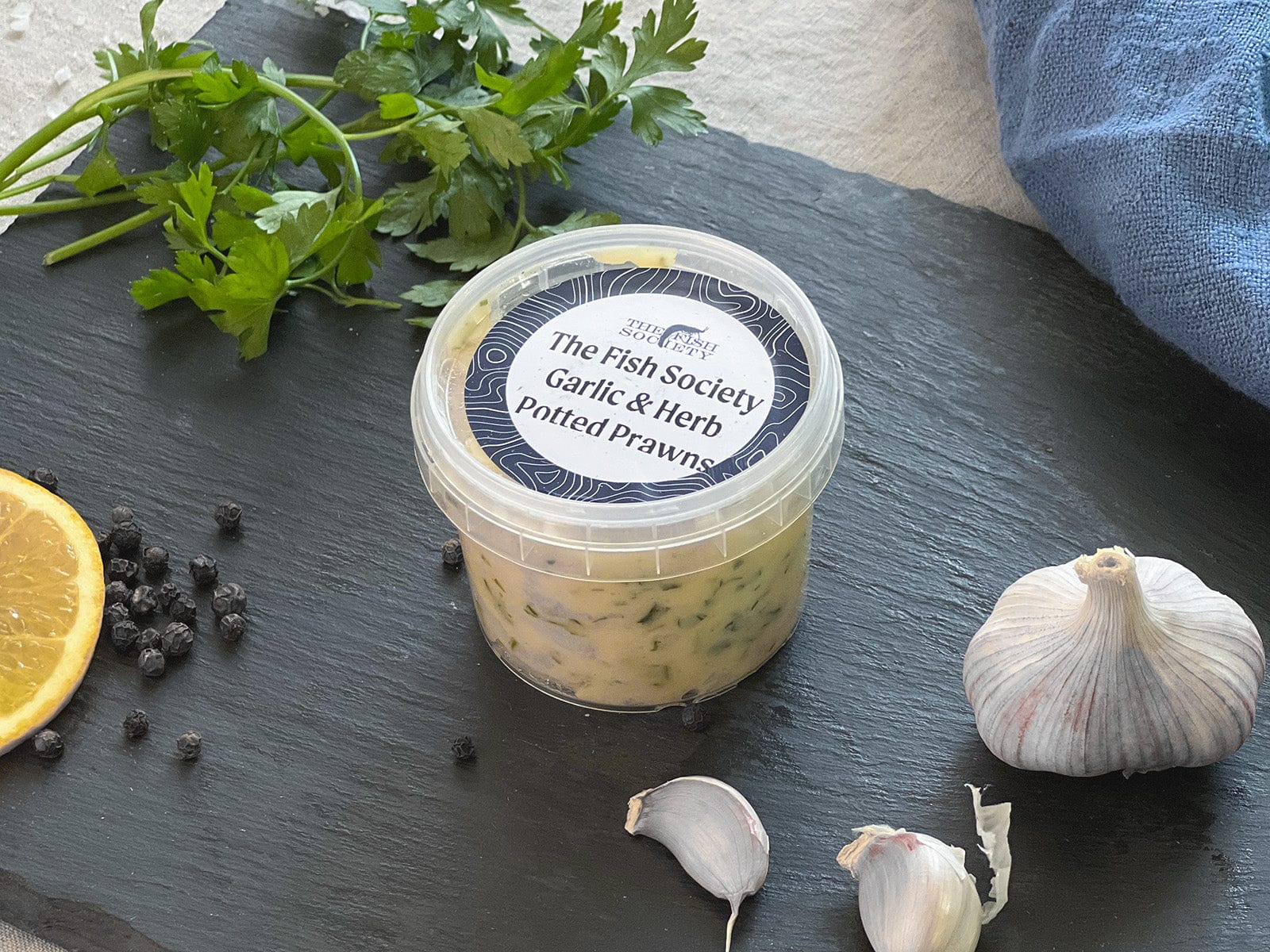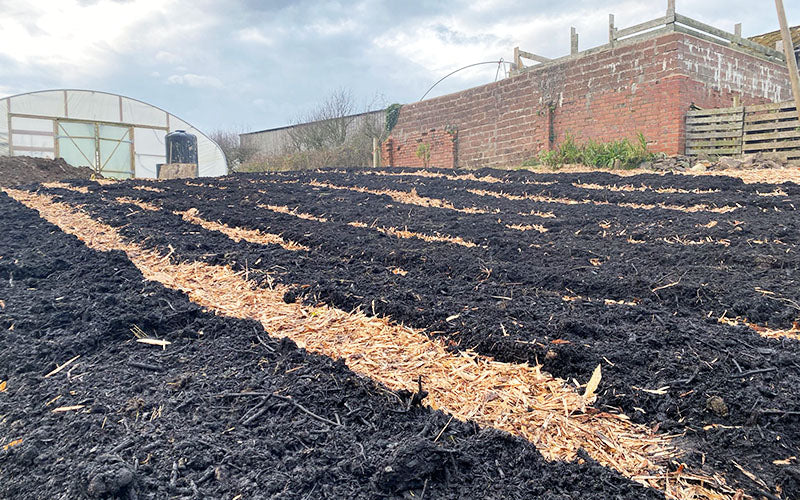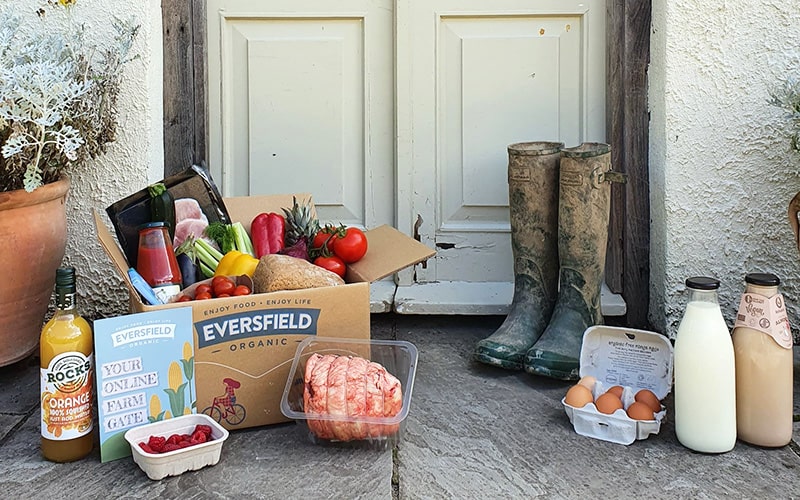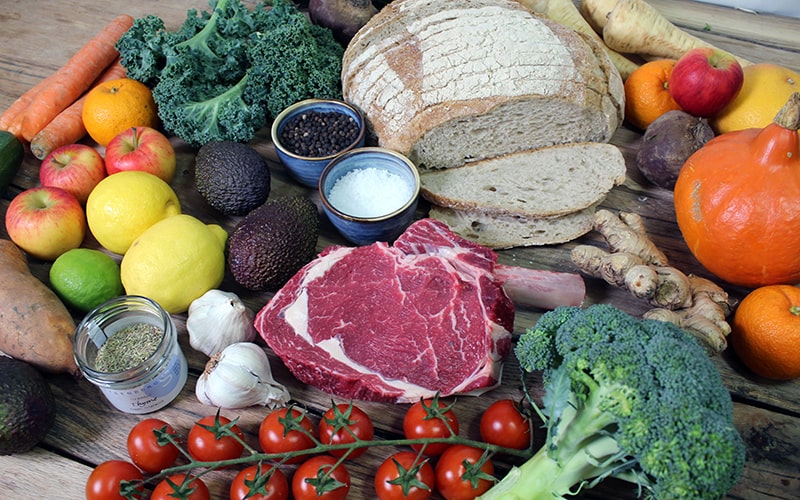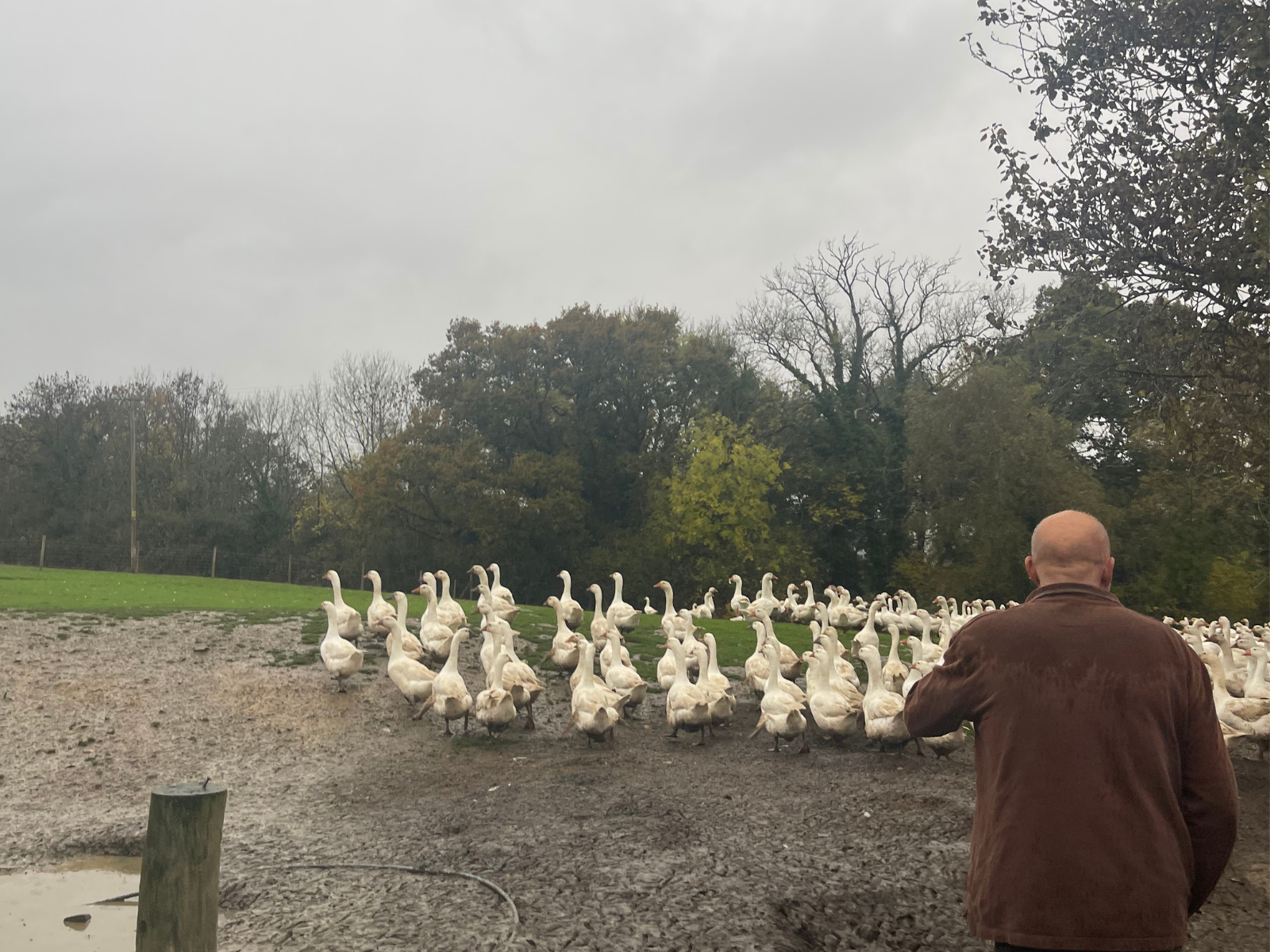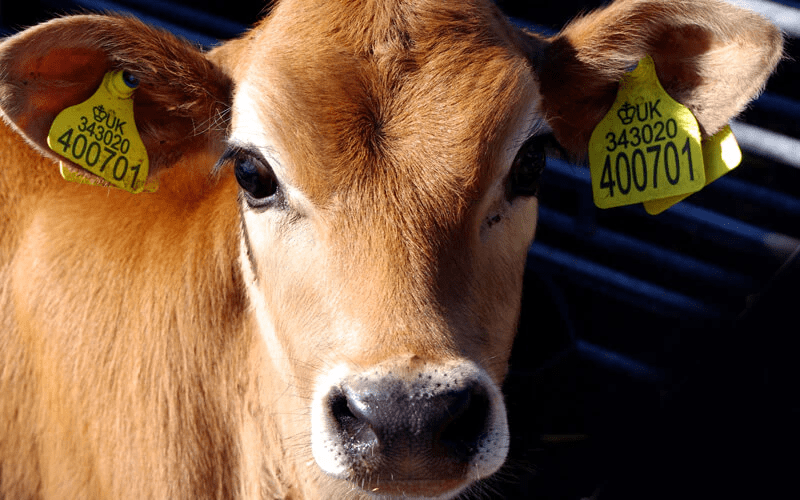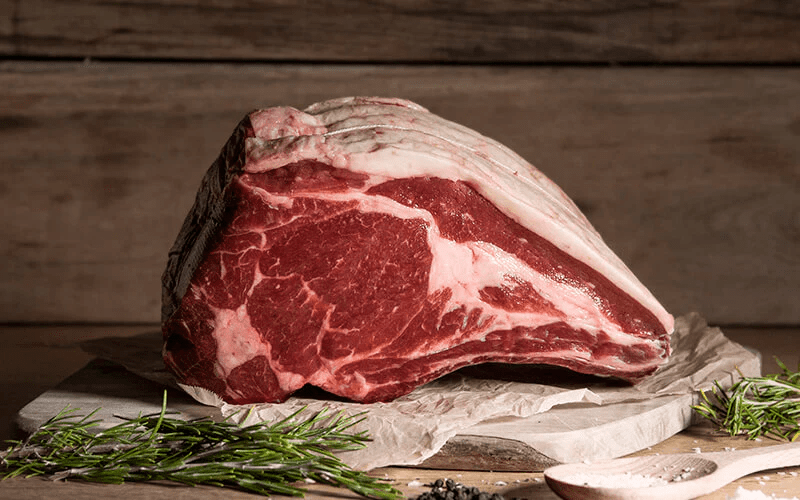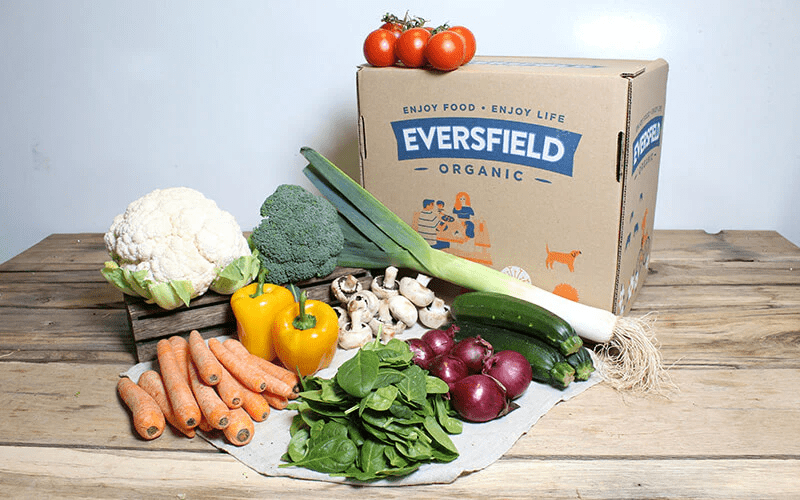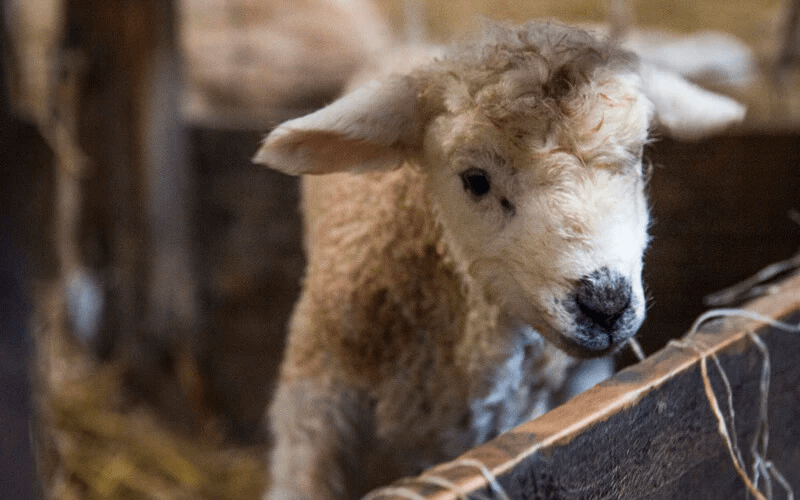New Beginnings in our Market Garden
A look into the work happening in our market garden as we start 2022
In our Market Garden, we aim to grow some of the more unusual organic fruit and vegetables, focussing on heritage and heirloom varieties. Growing in a market garden system and on a much smaller scale allows for us to have more varieties and choose these based on taste over other characteristics favoured by large scale farmers. We also benefit from being able to speak directly to our Farm Shops, Cafes and Restaurants to grow with more knowledge of what is in high demand. The Market Garden is always looking for new and exciting produce with a Market Garden Fruit & Veg Box on the cards this year. So… we better get growing!
Starting With the Soil
Taking lessons from all manner of growing techniques, we aim to not only grow tasty and nutritional produce but also to give something back to the land that is the soul of our business. Across the farm and beyond we operate a closed loop system where possible, and at the Market Garden that means utilising waste and growing soil as well as food.
A large majority of our compost for our predominantly ‘no-dig’ organic Market Garden comes from our own food waste with the addition of waste created by our herd of heritage Aberdeen Angus cattle. This combined with coffee from our shops and green waste from the Garden allows for us to create the healthiest of starts in life for our veggies. In addition, the organic coffee from our shops is being used to produce our own ‘homegrown’ organic oyster mushrooms, new for 2022.
Disturbing the soil (otherwise known as ploughing) has been the most common practice in modern farming. This process has been found to aid soil degradation and release carbon into the atmosphere unnecessarily. Simply put, ‘no dig’ avoids this process by layering organic material without disturbing the soil. Mimicking the natural process found in forests, this annual layering of organic matter suppresses weeds, increases biodiversity and traps carbon.
‘No dig’ is not the only technique we encourage in our market garden. We have taken inspiration from many schools of thought and are never afraid of trying something new (or old). From comfrey tea to microgreens, we are always developing our growing systems.
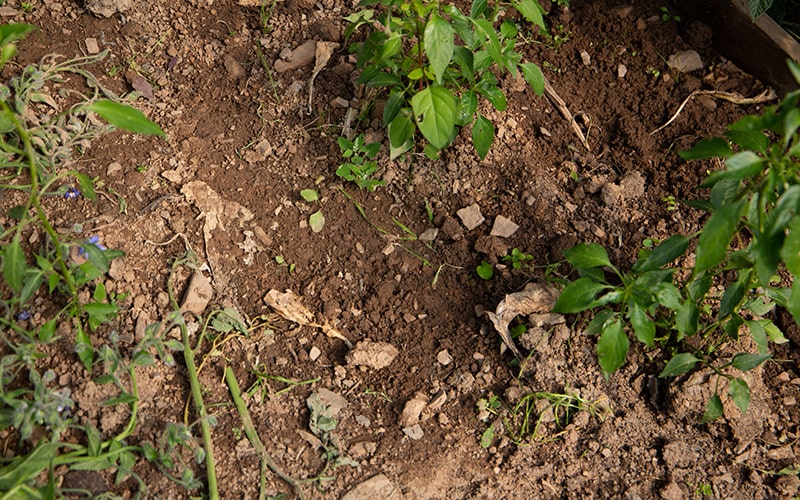
Planning and Designing
Holistic, systemic design is a key feature within our Market Garden. With over 70% of the world’s food being produced by industrial farmers and food miles becoming a bigger issue in the current climate, good systemic design can be the difference between success and failure in small-scale farming.
Planning and design have become as big a part of our Market Garden as growing. Utilising the principles of permaculture design, we have set out the Market Garden to achieve the upmost levels of efficiency without adding to the already troublesome business of growing on Dartmoor. For example, where possible we limit single journey travel, and have our most picked produce closer to the packing shed and our crops that spend longest amount of time in the ground furthest away. Permaculture is primarily a mix of working with nature instead of fighting it. By following a set of principles, problems can be fixed in the planning phase and are used in most of the decision making across the Market Garden:
- Observe and Interact – By taking the time to engage with nature we can design solutions that suit our situation.
- Catch and Store Energy – By developing systems that collect resources when they are abundant, we can use them in times of need.
- Obtain a yield – Ensure that you are getting truly useful rewards as part of the work you are doing.
- Apply Self-Regulation and Accept Feedback – We need to discourage inappropriate activity to ensure that systems can continue to function well. Negative feedback is often slow to emerge.
- Use and Value Renewable Resources and Services – Make the best use of nature’s abundance to reduce our consumptive behaviour and dependence on non-renewable resources.
- Produce No Waste – By valuing and making use of all the resources that are available to us, nothing goes to waste.
- Design From Patterns to Details – By stepping back, we can observe patterns in nature and society. These can form the backbone of our designs, with the details filled in as we go.
- Integrate Rather Than Segregate – By putting the right things in the right place, relationships develop between those things, and they work together to support each other.
- Use Small and Slow Solutions – Small and slow systems are easier to maintain than big ones, making better use of local resources and produce more sustainable outcomes.
- Use and Value Diversity – Diversity reduces vulnerability to a variety of threats and takes advantage of the unique nature of the environment in which it resides.
- Use Edges and Value the Marginal –The interface between things is where the most interesting events take place. These are often the most valuable, diverse, and productive elements in the system.
- Creatively Use and Respond to Change – We can have a positive impact on inevitable change by carefully observing and then intervening at the right time.
Whilst we can’t always get it right, with a good understanding of our site, our product, and our business, we can have a better understanding of what might work. Keeping an open mind with regards to what we grow and how we grow it will always encourage good practices and hopefully a healthier system.

The Only Way Is Up
In late 2021 the market garden started to grow and transform, with the aim to not to sit on top of our land but to become a natural part of the ecosystem. Permaculture and organic systems go hand in hand and with this in mind, we are excited to be expanding our Market Garden into large ‘no dig grow spaces’ on a beautiful south facing slope. The site will encourage nature wherever it can with a mix of cross-pollinating plants and trees as companions to our crops. We also use plants to fend off the insects we don’t want as well as attracting the ones we do. Managing the soil in a more holistic way encourages a wide array of benefits such as retaining nutrients and water.
A large percentage of the water used on the Market Garden is harvested from the buildings across the site and the gravity fed to the site from a large storage facility. Whilst this has the obvious benefits of reducing main consumption, there are also less visible bonuses. The low PH of rainwater in comparison to mains is more suited to most edibles, whilst the increased oxygen and nitrates helps to stimulate growth and improve root health.
The process of ‘no dig’ organic production also increases the biodiversity within the soil, increasing the number and variety microbes. Soil microorganisms are the key to healthy soils. Microbes are responsible for most of the nutrients released from organic matter and aid the management of the soil fertility on a microscopic scale.
2022 looks to be an exciting year in the Eversfield Organic Market Garden. Keep up to date with the Market Garden throughout the on Newsbeet and our social media channels Facebook, Twitter or Instagram.




